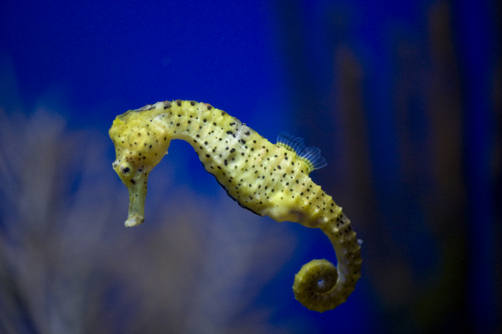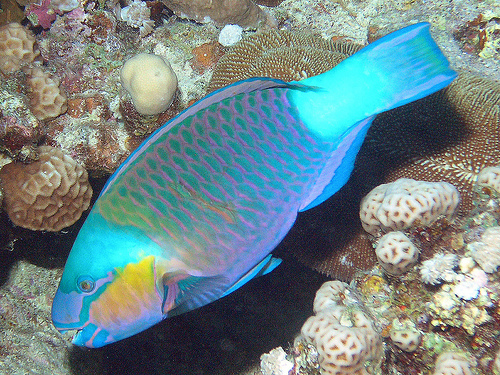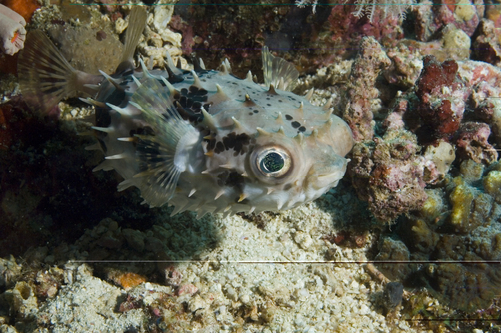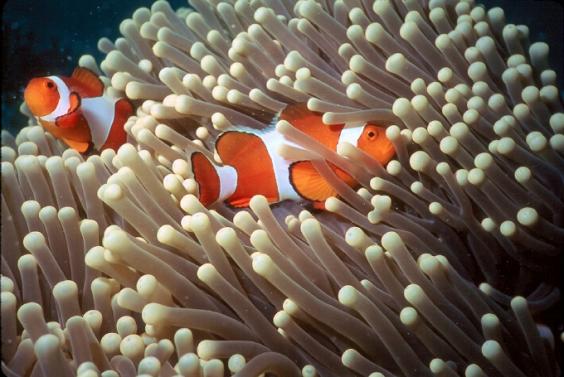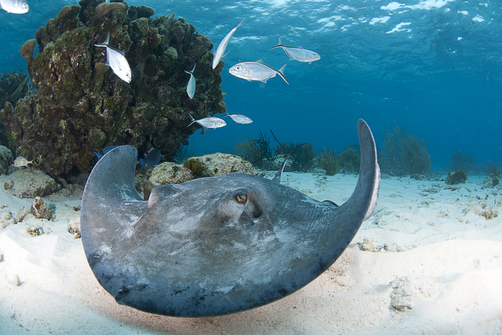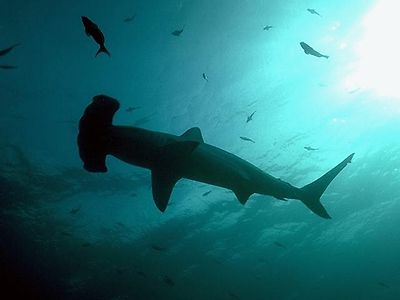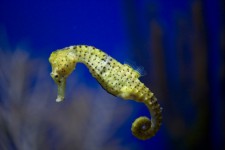
Is it a plane? A dragon? No, it is a seahorse!
- A seahorse is a fish that is found in tropical or temperate water bodies of shallow depth, sheltered by coral reefs, mangroves or seagrass, and they can change their colour to blend into their environment and can be seen in a wide range of colours like green, red, black, white and orange.
- Seahorses are more than 40 species that have the scientific name ‘Hippocampus’, that means ‘horse sea monster’ in Ancient Greek, and they belong to the Syngnathidae family, the family of fish with fused jaws.
- A seahorse can range from 1.5 to 35.5 centimetres (0.6 to 14 inches) in height depending on the species and has a tail that it uses to grab onto sea grass and coral to hold itself still.
- Seahorses are one of the two fish that swims vertically, swimming slowly by flapping its dorsal fin, with the slowest, the dwarf seahorse – Hippocampus zosterae, moving at 152 centimetres per hour (5 feet per hour) which is known as the slowest fish.
- Seahorses have plates of bone that have a ring structure, an identifying and unique coronet (crown like structure) on their head, and have eyes that move freely of one another.
Seahorse
Image courtesy of National Geographic
- After mating, seahorse males look after the up to 1500 eggs (or more) in its pouch, that hatch after around 9 to 45 days into tiny seahorses.
- The amount of baby seahorses expelled from the male pouch ranges from 5 to 2500 depending on the species, with only 0.5% on average ever surviving.
- Seahorses have no stomach or teeth and have a diet of little crustaceans and plankton that are sucked up with the fish’s generally long snout, and they need to eat lots due to a quick digestion process, making a clicking noise every time they eat.
- Seahorses are sometimes kept as pets in aquariums, but can easily die if not cared for properly, and are often hunted by humans for souvenirs and food, and numerous quantities are sold and used for traditional Asian medicine.
- Seahorses have predators of crabs, tuna and rays, and can be killed by pollution, hunting or exhaustion, particularly in storms where they can be tossed around.
Bibliography:
Seahorse, 2014, Wikipedia, http://en.wikipedia.org/wiki/Seahorse
Sydenham S & Thomas R, Seahorse, 2008, Kidcyber, http://www.kidcyber.com.au/topics/seahorse.htm






